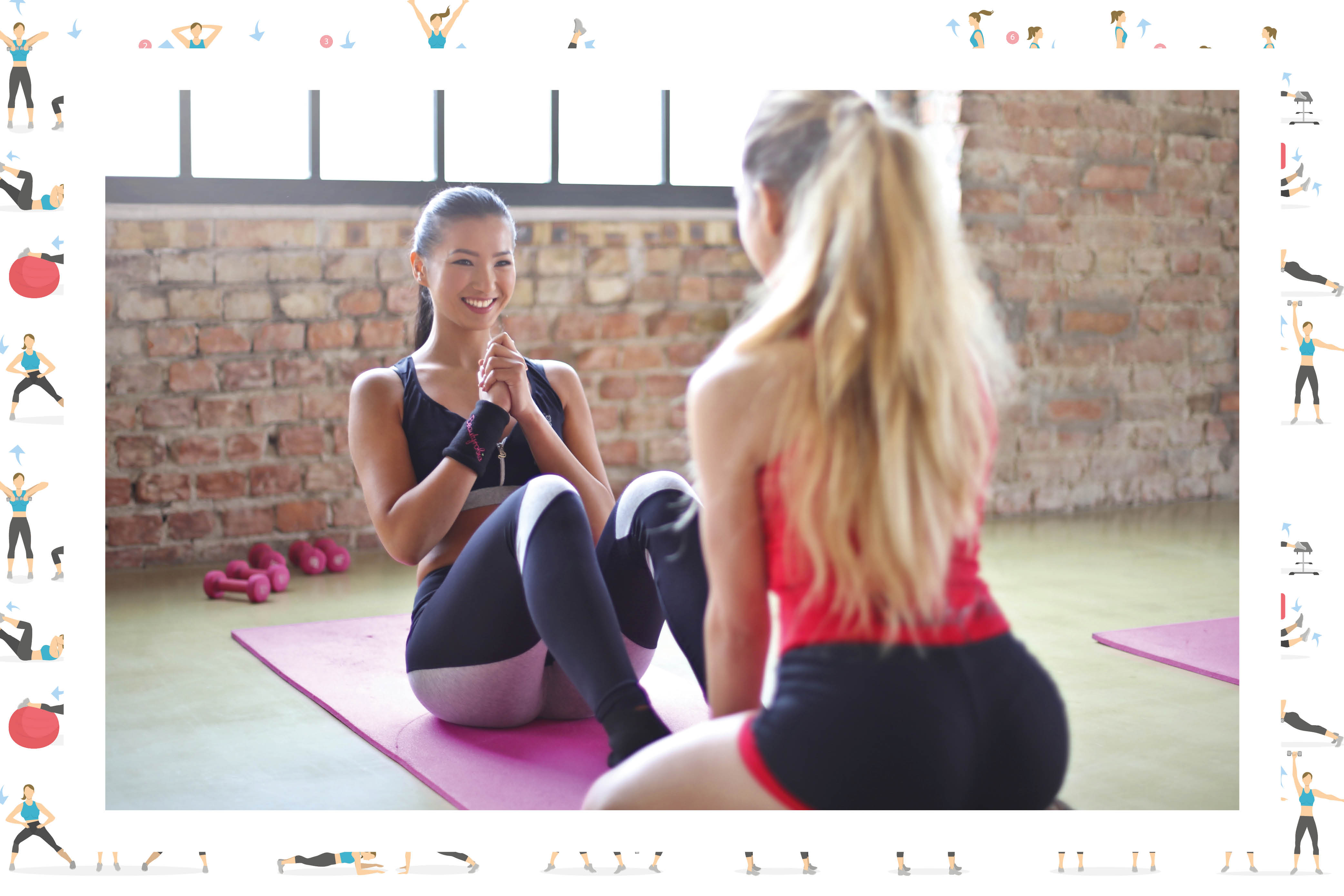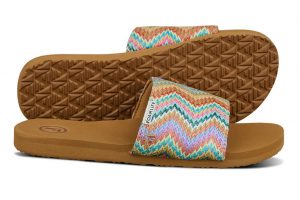The truth behind looking and feeling good at the gym

Athleisure–that is, clothing that’s designed for both casual and athletic wear–is a fast-growing, £3 billion industry in the UK, and it doesn’t show signs of slowing down. From luxury Lululemon leggings to Top Shop’s high street options, fitness wear has become mainstream, well-known and more accessible.
Nike’s recent inclusion of a plus-sized manikin in their Oxford Street store highlights a trend in the athleisure community–that to feel good, you first have to look good. For professional model Yasmine Gaio, that adage rings especially true.
“I can only work out if I’m looking good,” said Gaio. “I only do classes, and I obviously look at the mirror while I work out to make sure I’m doing things right–and if I don’t see myself looking good, I just don’t bother, because I find it very demoralising for some reason.”
According to a new Decathlon study of 7,600 UK adults, Gaio isn’t alone–79 per cent of respondents said they need to feel good about themselves to work out.
Gaio says it’s a confidence boost to look good both for herself and for others at the gym, which in turn empowers her to have a more complete workout. On Instagram, that seems to be a common theme.
For instance, the “fitness” hashtag has 349 million posts on the platform and “fitnessmodel” brings up 42.6 million posts. While the results range from pictures of protein powder to a new pair of trainers, the majority of posts are mid-workout selfies from individuals across the world.
Conversely, studies show that in the UK, when it comes to capturing one’s workout in photos, the trend is to avoid it. Only four per cent of those surveyed admitted to taking a selfie at the gym, indicating that gym-goers may dress for themselves, rather than for vanity.
The Decathlon report also showed that a new gym outfit boosts confidence for one in four gym goers, so if you’re struggling to stick to your fitness regime, a new pair of running shorts just might be what you need.












